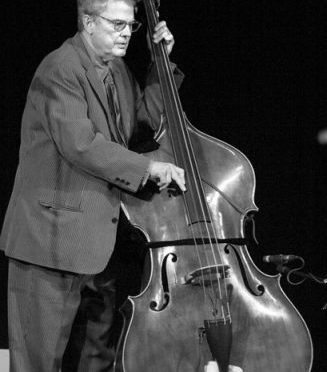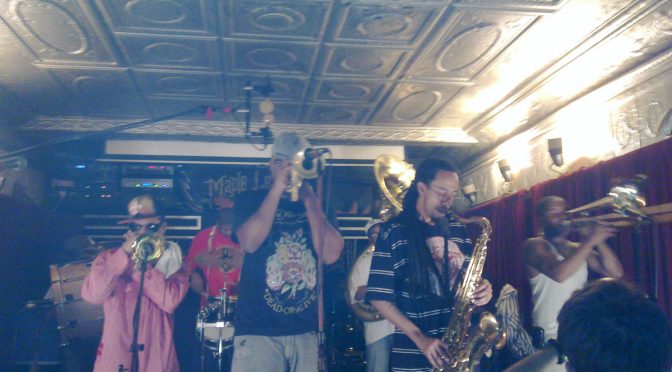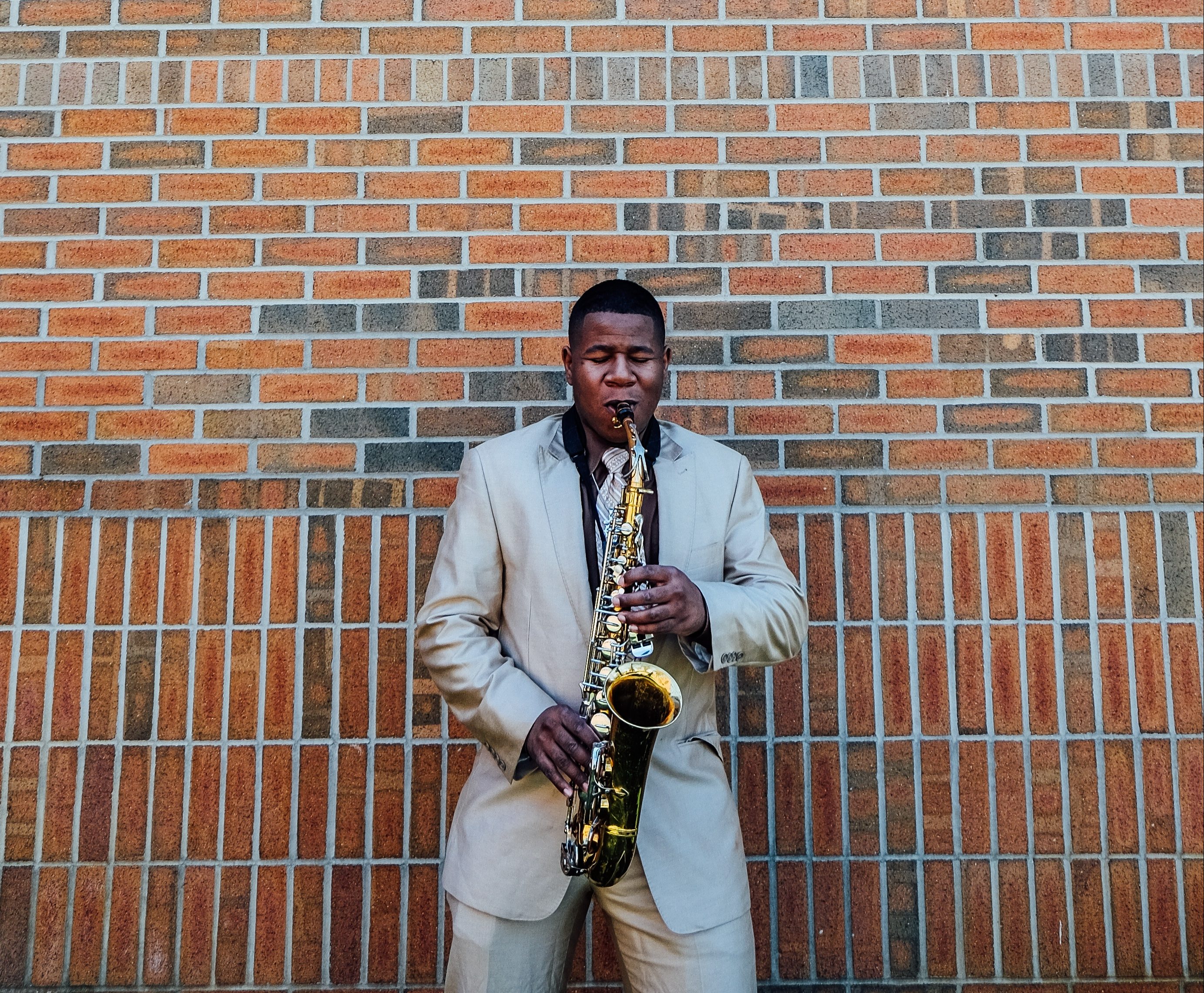The passing of this great bass player on July 11th brought up some thoughts about studying and making music, I’d like to share with you. I’ll leave the writing of more extensive and well deserved obituaries and tributes to Charlie Haden for those who are better acquainted with his life and career. As my modest tribute to this pioneer of bass I’ll reflect here on my “musical encounter” with him and what it meant for me.
Institutional study of jazz mostly begins with learning the basics of bebop; swinging on one’s instrument, alone as well as in an ensemble, bebop harmonies and building melodic lines on them according to the voice leading principles, repertoire, etc. Why bebop has been chosen as the centre of the jazz universe in the educational institutions has to be discussed another time. However, we have much to be grateful for to Charlie Haden for showing us “the shape of jazz to come”; showing all the wonderful things the music could and can be – whether one would call it jazz or something else.
To me this world began open when my bass teacher of the time Ari-Pekka Anttila gave me a tip to check out the then fresh duo album of Charlie Haden and Pat Metheny Beyond the Missouri Sky (1997). 15 years later that album continues to touch me and has now become part of the “soundtrack of my life” bringing back many memories. I’m also happy to have had the chance to see the maestro playing live once on his tour with Pat Metheny in 2003.
I’d suggest you to go ahead and listen to the following track at this point. Below I’ll say a few words about this track, how I hear it and what it has meant to me, but I’d recommend you to listen to it first so you’re not “primed” by my views of it. You’re then able to compare your own experience of it with mine and see/hear for yourself whether you agree with me or find my description useful in any way.
Our Spanish Love Song
Charlie Haden is the bass player who stays down low, who plays only the notes that are necessary. He is quiet, in a sense, even as he has a resonant sound, a singing, distinctive tone that speaks of the wood of the instrument, the flesh of his fingers on the strings, the intelligence of man who is thinking his way though the songs he plays and the humanity of a man who can hear the lyrics in his heart with every measure. Will Layman (PopMatters.com)
When I play, it’s very important to me to bring out the wood – like the tree – of the bass. I like to sound like a rainforest. Charlie Haden
Musically the lesson I was trying to learn from Haden was to say what I had to say with less notes. I find the duo performances with Haden and Metheny very effective in driving that point home. Pat Metheny is a master of playing long, elaborate, melodic lines. Forming a continuous flow these lines draw a firework-like picture rich in colours and details in dynamics, timing and harmony for the keen ear to pick up. Charlie Haden, on the hand, plays a few carefully chosen notes executed with equal mastery, cherishing every note, every stroke of his musical brush, embracing the very touch of the canvas, the creation of a musical space for the audience who is invited to share it with him. This is the musical being-in-the-world in a Heideggerian sense I’ve talked about before.
Our Spanish Love Song, from the above-mentioned album you’ve just heard is a great example of what I’m trying to say here; as well as a tune I spent a lot of time studying in attempt to emulate Haden’s approach. The bass solo in the studio version is nothing short of haunting in its beauty and simplicity. The ascending melodic line breaths through the harmonies of the song, marking the changes and building up the tension towards the last part of the form where he resolves it with some arpeggios on the finishing cadence of the form.
In short, Haden has taught me much about the sound of the instrument and the effective use of it in self expression in a way that is economic rather than flashy, and emotional rather than “academic”. My first teacher at the Conservatory of Amsterdam Arnold Dooyewerd also helped me a great deal in this search, more specifically advising me to try and bring forth the “Spanish” in this song.
The closest I got in my own playing to realising the lessons from Haden, in my opinion, can be heard on Rauhaton Rinta from the Finnish-Dutch group Aina.
Rauhaton Rinta from Aina – Leino (2005). Composition by Izak Boom, lyrics by Eino Leino
When I first began writing this post I could only think of the above-mentioned duo album with Pat Metheny that I really know of Charlie Haden. But while browsing YouTube for his music I was reminded of three other albums on my shelf he plays on. See Part 2 for my thoughts about/around those albums.



















